Rank Species | Genus Cercis Higher classification Redbuds | |
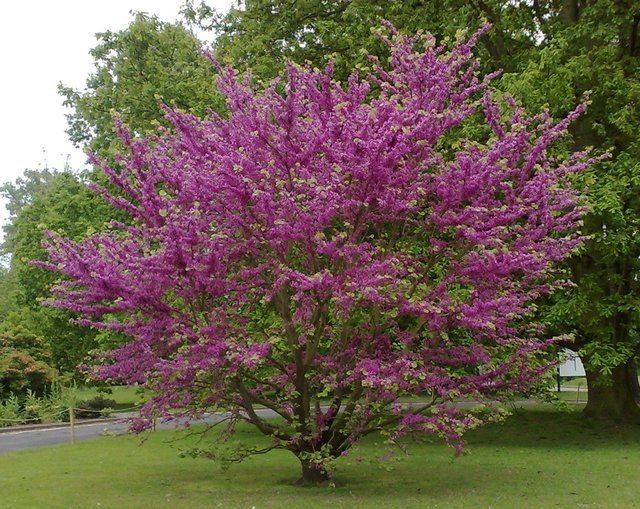 | ||
Similar Redbuds, Eastern redbud, Catalpa, Persian silk tree, Honey locust | ||
Cercis siliquastrum
Cercis siliquastrum, commonly known as the Judas tree or Judas-tree, is a small deciduous tree from Southern Europe and Western Asia which is noted for its prolific display of deep pink flowers in spring.
Contents
- Cercis siliquastrum
- The judas tree cercis siliquastrum
- Description
- Taxonomy
- Distribution and ecological aspects
- Cultivation
- Culture
- References
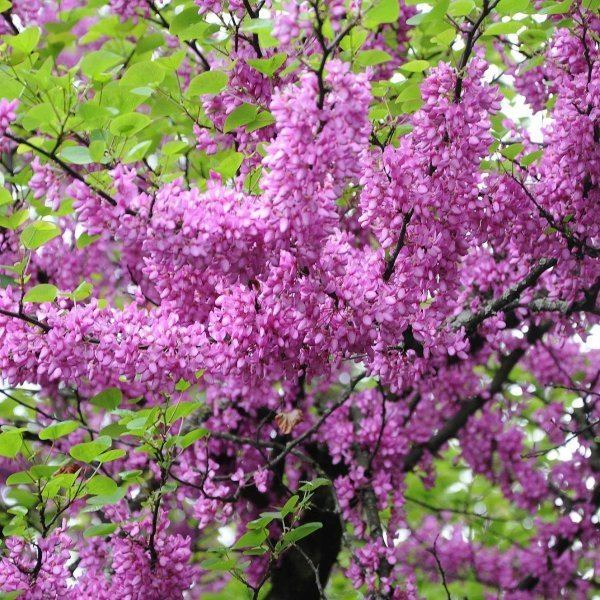
The judas tree cercis siliquastrum
Description
This species forms a small tree up to 12 metres in height and 10 metres in width.
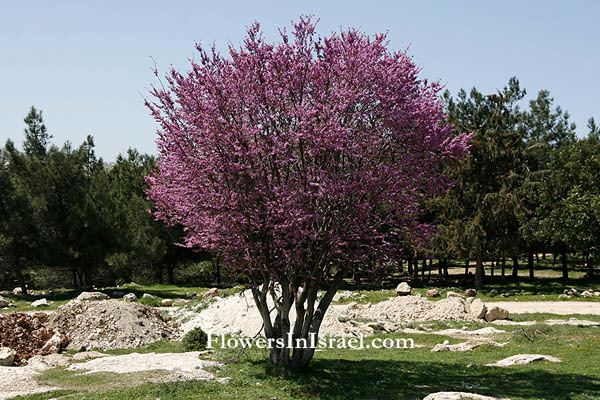
The deep pink flowers are produced on year-old or older growth, including the trunk, in late spring. Also, the flowers display a blossom with five free petals and fused sepals. This shape is specific to the Fabaceae. The leaves appear shortly after the first flowers emerge. These are cordate with a blunt apex, which occasionally has a shallow notch at the tip. The tree produces long flat pods that hang vertically. The flowers are edible and purportedly have a sweet-acid taste.
Taxonomy
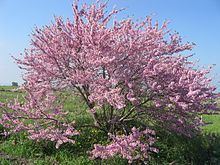
The species was first described by Linnaeus in 1753 and he gave it the specific epithet of siliquastrum which is derived from the Latin word siliqua, meaning "pod". The generic name comes from the Greek kerkis, a "shuttle", which refers to the resemblance shown to this weaver's tool by the flat, woody seedpods.
There are several varieties and subspecies and these include:
Distribution and ecological aspects
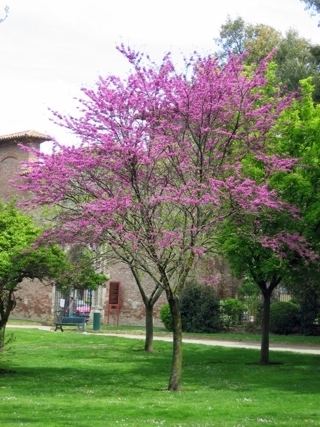
The flowers are pollinated by bees, attracted by nectar. Pollen from the protuding stamens is deposited on the bee's body and carried to another flower's stigma.
In Israel the tree has a status of a protected plant.
Cultivation
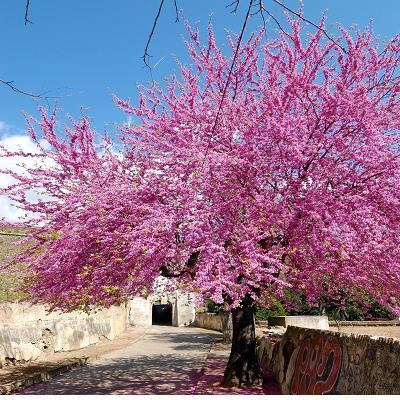
The species prefers deep, well-drained soils and a position in full sun or partial shade. This plant has gained the Royal Horticultural Society's Award of Garden Merit.
Cultivars include:
The tree is susceptible to leafhoppers, scale insects and psyllids (specifically Cacopsylla pulchella) as well as diseases including canker, coral spot and verticillium wilt.
Propagation is by seed, cuttings or budding.
The species produces hard wood with an attractive grain. It is used in veneers and polishes well.
Culture
There is a long-standing myth that Judas Iscariot hanged himself from a tree of this species. This belief is related to the common name "Judas tree", which is possibly a corrupted derivation from the French common name, Arbre de Judée, meaning tree of Judea, referring to the hilly regions of that country where the tree used to be common. Another possible source for the vernacular name is the fact that the flowers and seedpods can dangle direct from the trunk in a way reminiscent of Judas' suicide.
A sermon illustration on the deadly effects of succumbing to temptation refers to an idea that the Judas Tree killed bees drawn to it: "Dr. Cuyler forcibly illustrates this by reference to the Judas tree. The blossoms appear before the leaves, and they are of a brilliant crimson. The flaming beauty of the flowers attracts innumerable insects; and the wandering bee is drawn after it to gather honey. But every bee which alights upon the blossom, imbibes a fatal opiate, and drops dead from among the crimson flowers to the earth."
